There are many different types of packaging available on the market today, and each has its own set of advantages and disadvantages. Rigid and flexible packaging are two of the most popular options, and each has its own unique benefits.
Here, we’ll take a closer look at rigid packaging vs. flexible packaging to help you decide which option is right for your needs.
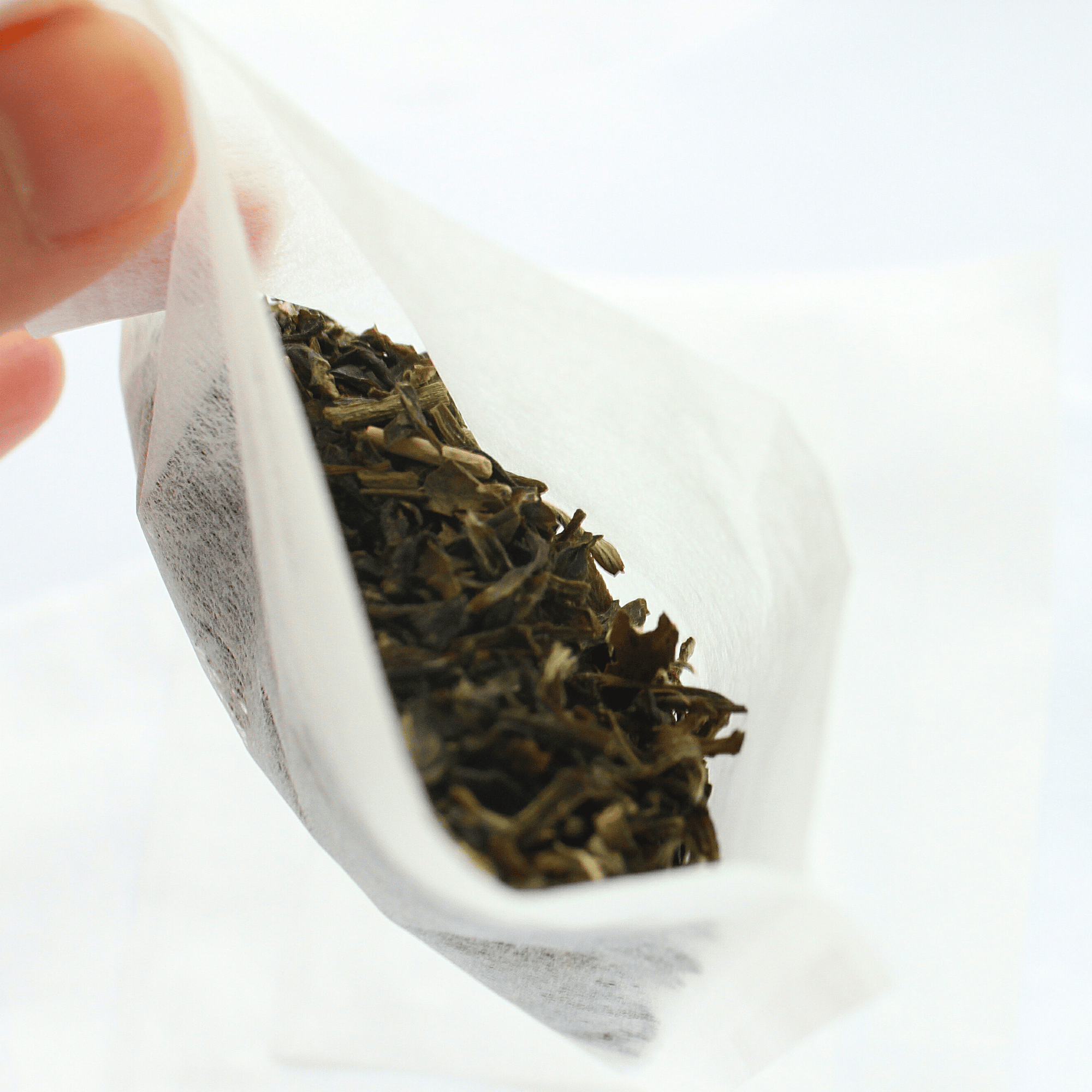
Rigid Packaging
Rigid packaging is the exact opposite of flexible packaging. Rigid packaging materials have a heavy and thick material, which is also good if your products should be protected for a long time.
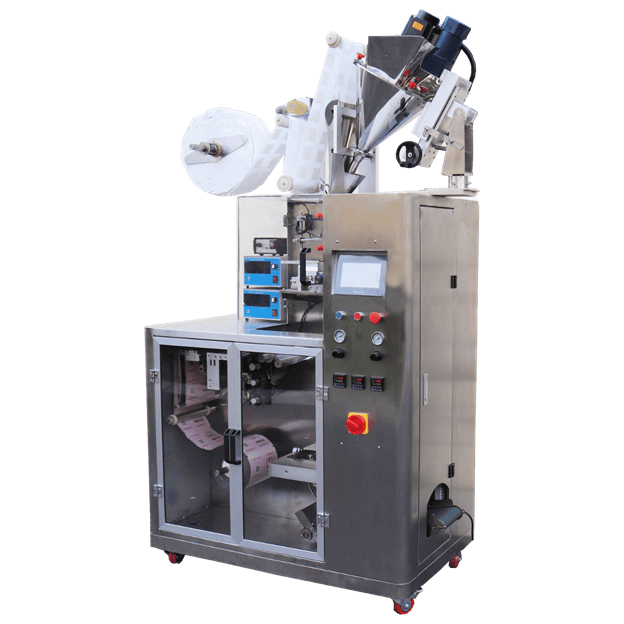
Unlike their flexible packaging, these containers are more difficult to open and even open because of the material they are made of. Luckily, these days, a lot of manufacturing companies have innovated ways to make it easier for consumers to use rigid packaging, especially for canned goods.
Furthermore, rigid packaging is well-described by the phrase “unable to bend or be forced out of shape.” Rigid packaging is known for its durability and protects the items it encases.
Greater shelf-life
On the plus side, rigid packaging can offer a high level of product protection, as well as greater shelf life. Rigid packaging can provide a barrier against light, oxygen, and moisture.
Tamper-resistant
Rigid packaging is also tamper-resistant and theft-resistant, making it a good choice for products that need to be kept safe. Products such as pharmaceuticals, cosmetics, and food items are often packaged in rigid containers for this reason.
Examples of Products for Rigid Packaging
Rigid packaging is often used for products that need a high level of protection, such as:
- Fresh produce
- Bakery goods
- Dairy products
- Meat
- Seafood
Flexible Packaging
The term “flexible packaging” refers to any kind of packaging that can be bent or folded. Seal bands, blister or skin packages, and clamshells are examples of flexible packaging. Other typical types include shrinking film and stretch film.
In point of fact, flexible packaging refers to any kind of protective packaging that is constructed from materials such as plastic, paper, foil, wax-coated paperboard, and other materials of a similar nature, or combinations of these materials.
Over the last five to ten years, flexible packaging supplies like flexible pouches have completely dominated the worldwide packaging industry, and this trend is expected to continue in the foreseeable future.
Sustainable
This makes it a more sustainable option. Flexible packaging is also easier to open and can be resealed, making it more convenient for consumers.
The materials used for flexible packaging are paper, foil, film, and fabric. It’s less expensive than rigid packaging and uses fewer materials.
Lighter
Furthermore, it takes up less space and is lighter than rigid packaging, making it more cost-effective to transport. They are also easier to open than rigid packaging, which is a big advantage if you’re selling products that need to be consumed quickly (such as food or drink).
So, if you are looking for a more sustainable and cost-effective option, then flexible packaging may be the right choice for you.
Examples of Products for Flexible Packaging
Flexible packaging is often used for products that need to be consumed quickly, such as:
- Snacks
- Beverages
- Chips
- Cookies
- Candy
Rigid Packaging vs. Flexible Packaging
Weight
Rigid packaging is heavier than flexible packaging in terms of weight. These materials are often heavier and denser than those used in flexible packaging.
A few examples include paperboard boxes, tin cans, and glass bottles. Sealable pouches made of lightweight materials like polyethylene or polypropylene, on the other hand, are often used in flexible packaging.
The packing size is determined by the needs. Rigid packages often occupy more space because they cannot be compressed when packaged.
A rigid package is designed to keep its contents from deforming. Flexible packaging is flat, bendable, and may be packaged to conserve space. So, when it comes to shipping delicate items, kraft paper or poly mailers are the obvious choices.
Size
When compared to flexible packaging, rigid packaging takes up much more space. It’s because they cannot be compressed when they are packaged. The fact that they cannot be compacted prevents any internal content from being damaged as a result of the compression.
On the other hand, flexible packaging is composed of a flat material that may be compressed together to save more space.
Because of this, transporting soft items is best accomplished using flexible packaging. They are quite malleable and may be shaped into any form that the user desires.
Customization
Customization is simple with flexible packaging. There are several printing options available to include any color or design that is representative of your company’s brand.
Flexible packaging, on the other hand, allows for easy customization in terms of both form and size. As a result of this advantage, you may develop a product that stands out on the shelves.
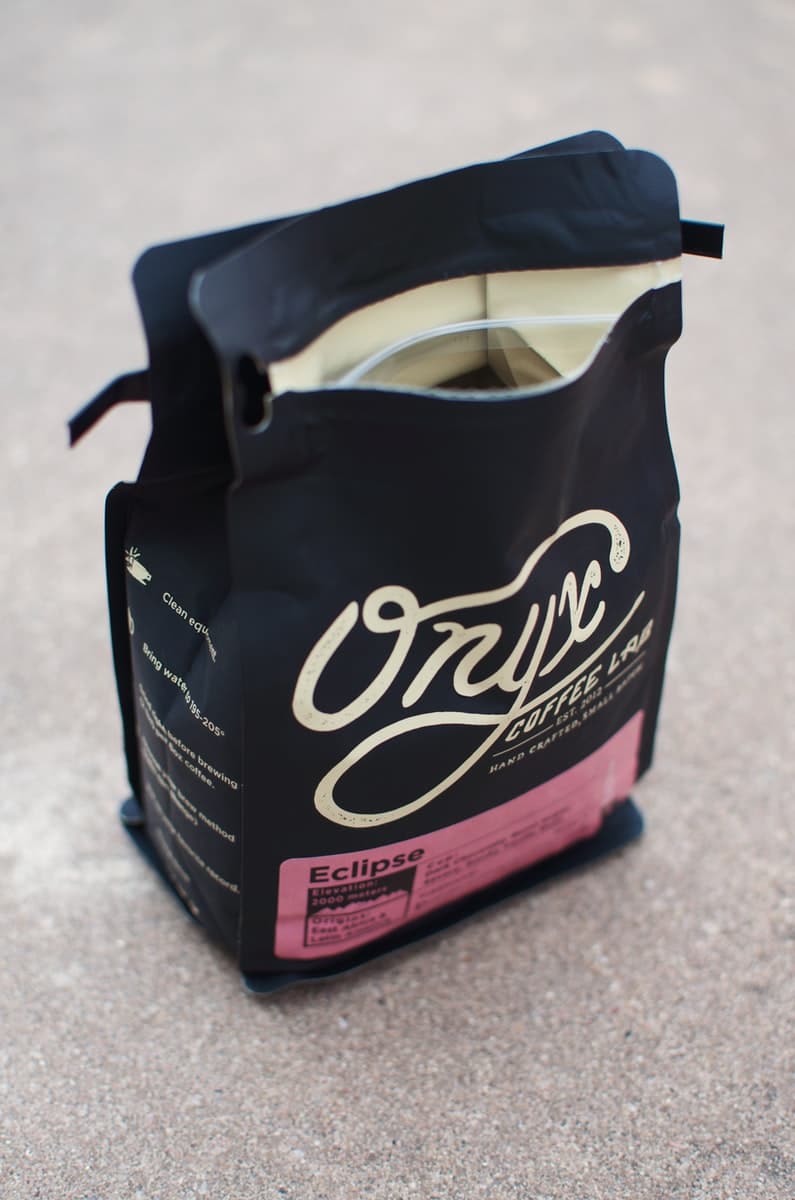
When it comes to customizing rigid packaging, the process may be time-consuming and costly. Printing, for example, is more expensive since each design must be printed individually on paper and then adhered to using adhesives.
To maintain their structural integrity, rigid package forms cannot be greatly altered. You may, however, be able to add a few designs, such as foil stamping or embossing.
Packaging Costs and Usage
Transporting sensitive items such as smart televisions, laptops, cameras, and computer chips requires rigid packing.
Foam is used to further protect them. Rigid packaging is a good value in this situation since it is less expensive than the goods being sent.
Protection Properties
When it comes to protecting your product, rigid packaging is the best option. It is, nevertheless, vulnerable to external damage. The print might be damaged if the outside is scraped or dented.
On the other hand, the contents of flexible packaging may be harmed despite the fact that they cannot be distorted. If the package is punctured while being transported, the contents will be lost or seriously damaged.
In terms of product safety, then, consider using rigid packaging. It will safeguard your product from any external forces that might cause damage.
Eco-friendly
Choosing between rigid and flexible packaging might have an impact on the environment. Flexible packaging has the least environmental impact of any alternative packaging supply and takes up less room in landfills.
Rigid packaging, on the other hand, such as glass and metal, can be recycled.
When it comes to eco-friendly packaging, flexible packaging is the way to go.
What is the consumer’s preference?
According to Epac Flexible Packaging, many customers like flexible packaging better because it is lighter and more eye-catching than rigid packaging. But the verdict of business owners is quite different—they are in the middle because this also depends on what kind of industry you are managing.
Some businesses like flexible packaging because it is simpler to use, transport, and put away because of its lower weight compared to its more rigid cousins. In addition, many of them can be opened with little effort and stand on their own, making it simple to pour, serve, and munch on their contents.
For added convenience, many of these containers come pre-fitted with easy-to-use reclosure options, allowing the packaging to be resealed for added convenience and to maintain the product’s freshness for a longer period of time.
Pouches are available in a wide range of sizes and forms, making them suitable for a wide number of applications; they also provide the use of images with a great visual impact.
After selling their goods in rigid containers for a long time, many industries, from food to home goods, are now trying out flexible packaging.
Takeaways
Rigid packaging is best for products that require support and protection. They are also good for eco-conscious consumers since they can be recycled.
Flexible packaging is ideal for products that need to conserve space and for those that are easy to pour and consume. They also have a low environmental impact.
The choice between rigid and flexible packaging depends on the product, the consumer’s preference, and the business owner’s needs.
Should you need quality packaging, Spack Machine is one of the best companies to help you! Our team of professionals offers a wide range of services that cover every aspect of the packaging process.
We also have the latest technology and equipment to get the job done quickly and efficiently. Contact us today to learn more about our services!

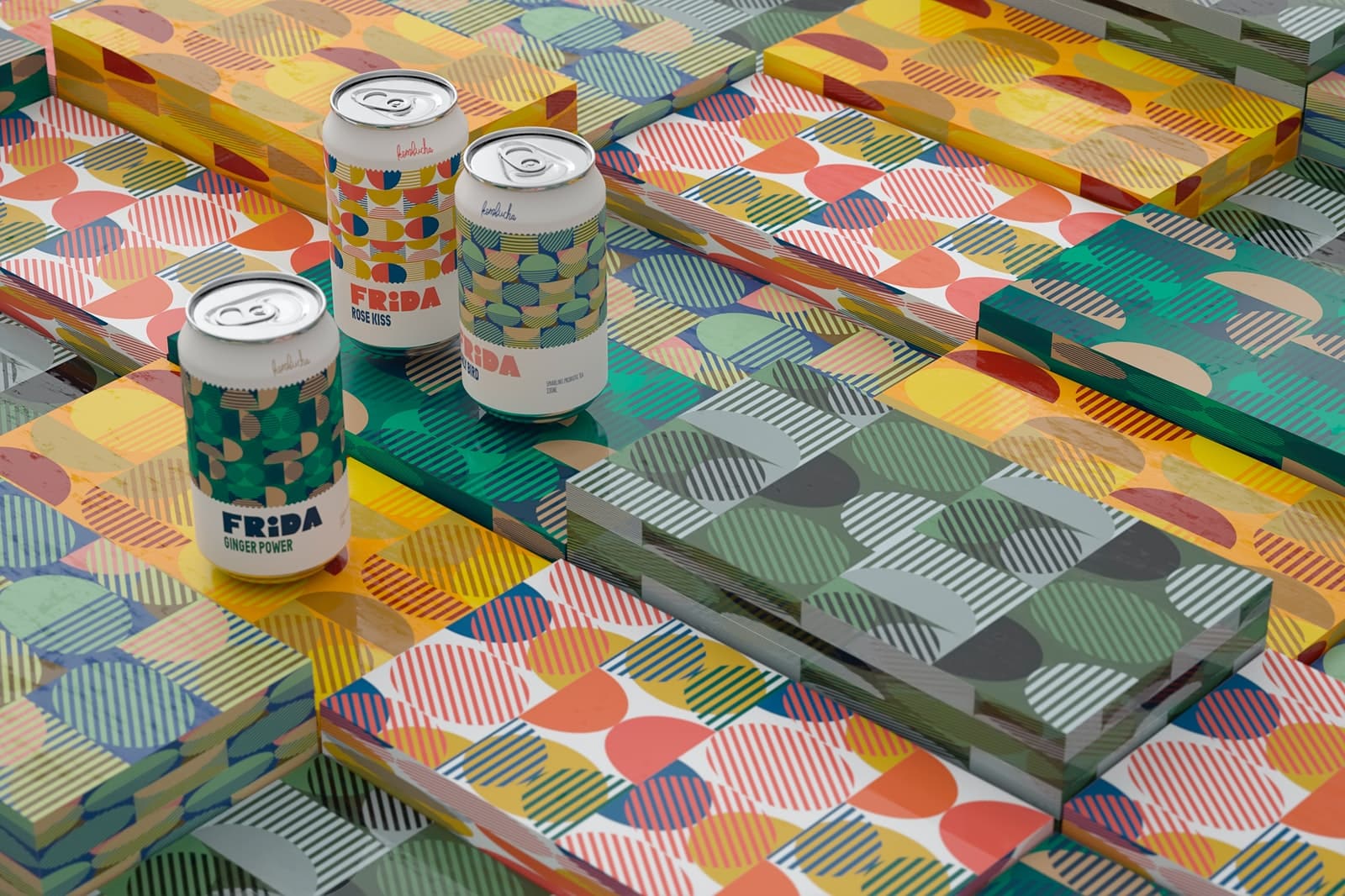
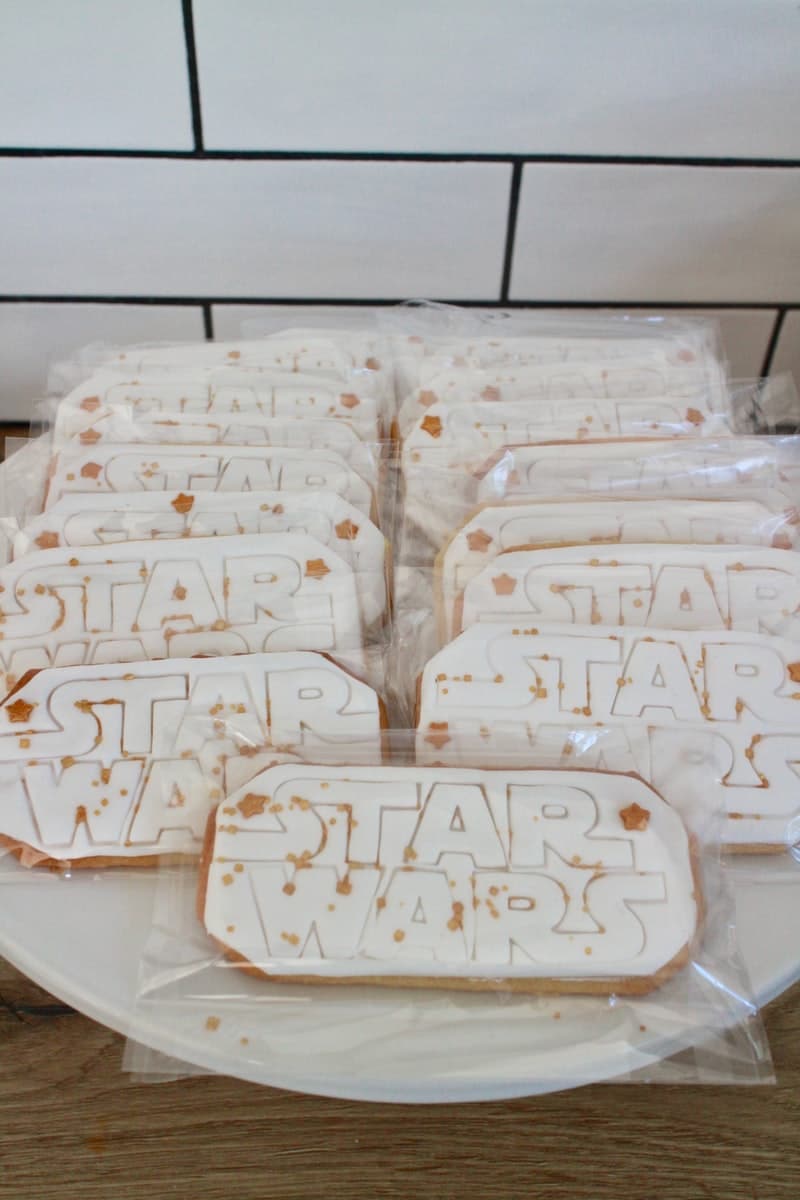
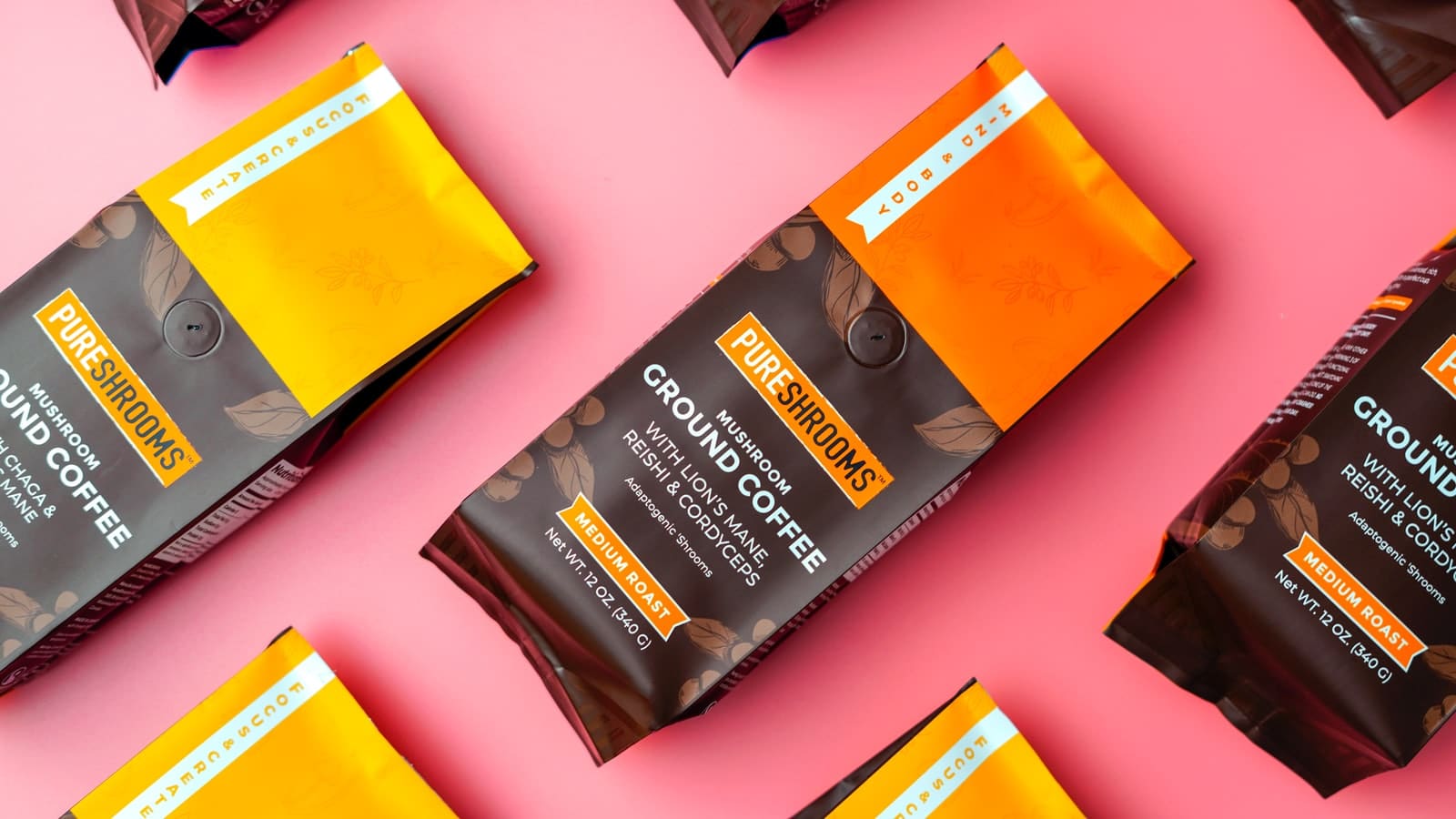
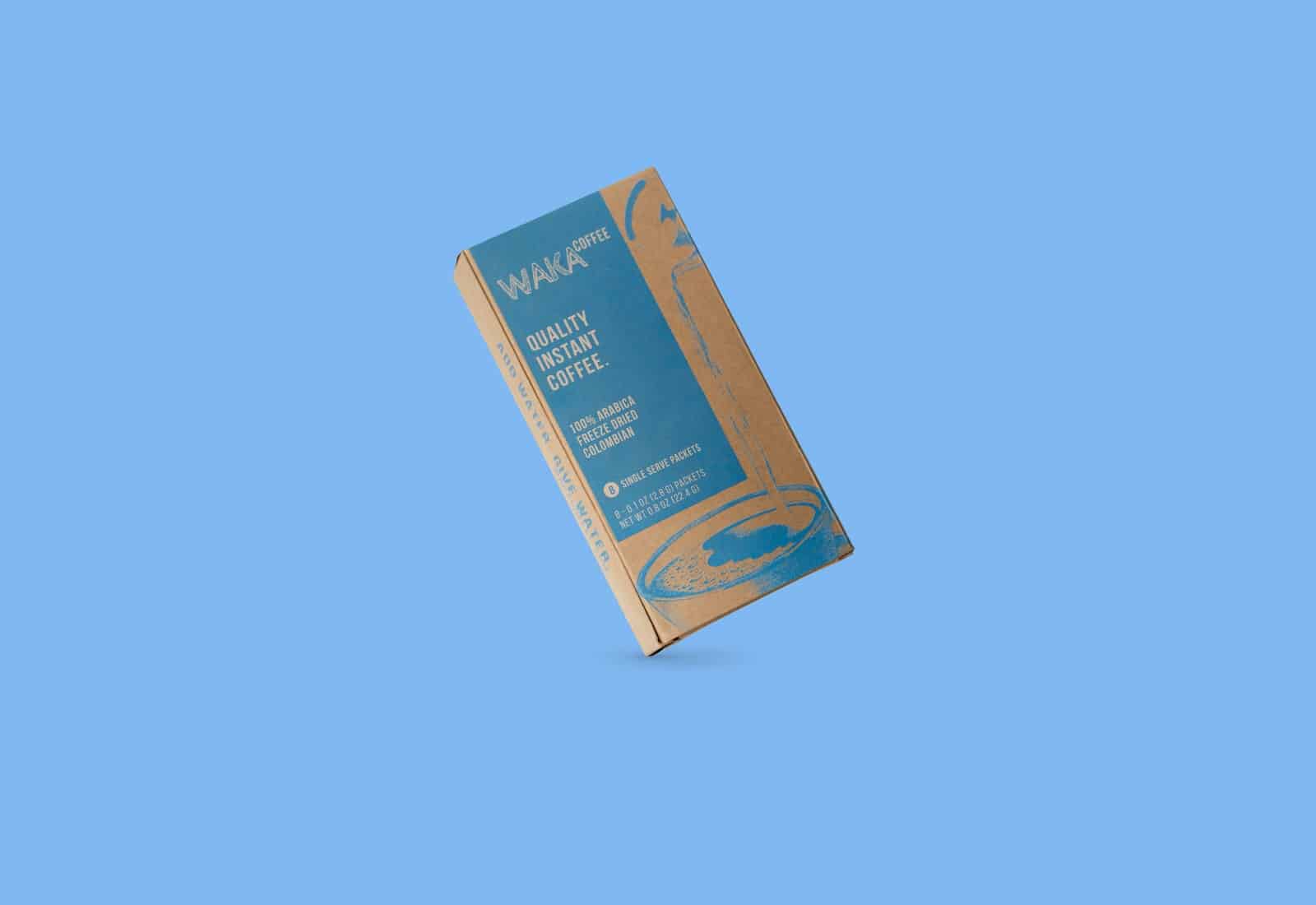
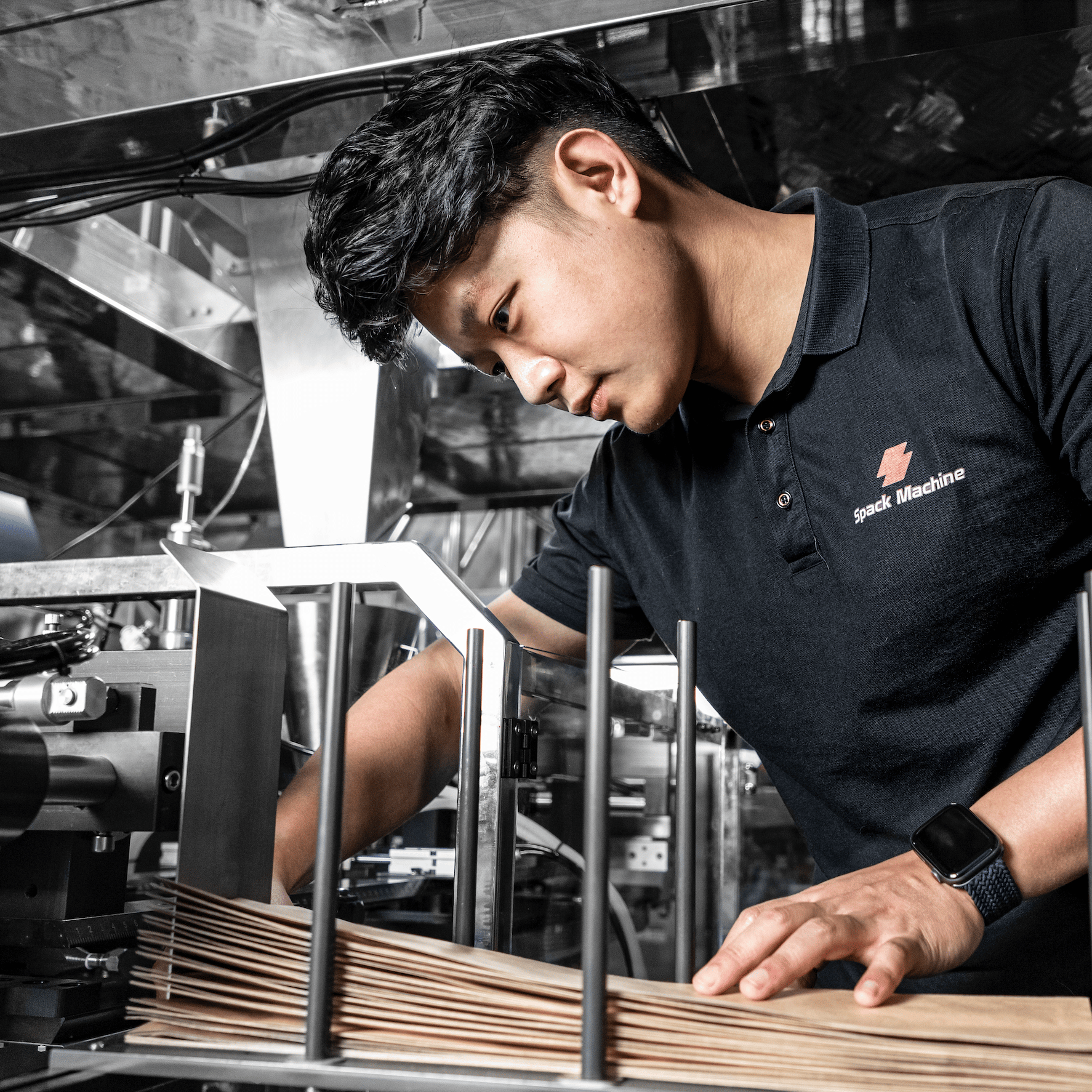
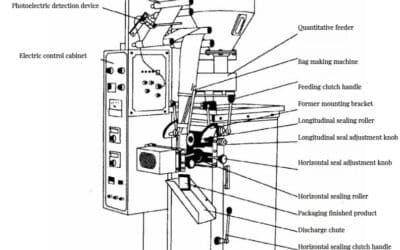
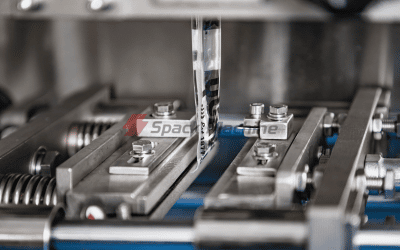
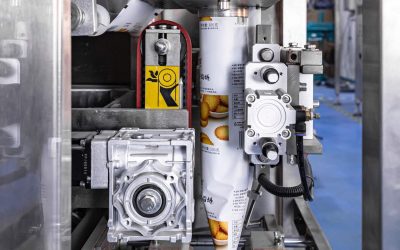
0 Comments